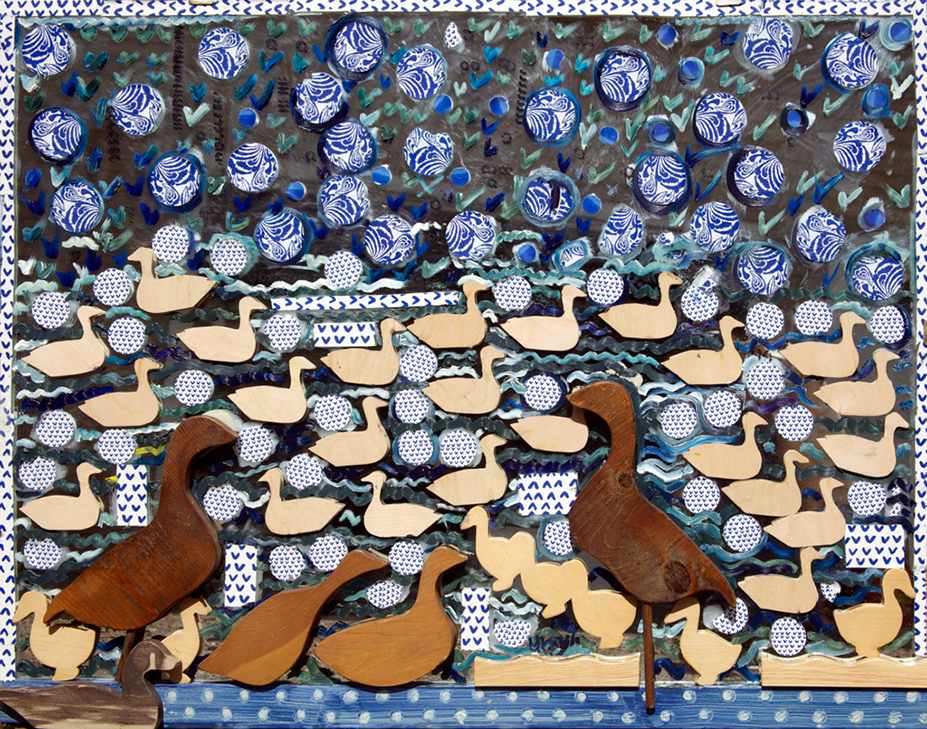Variations

Algal Bloom
Algae of many colors live everywhere on earth; there is from tens of thousands to more than 1 million algal species in the world. They belong to the oldest organisms on earth being about 400 million years old. Algae make a considerable part of plankton – organisms that live in water being unable to swim against a current. Some are simple unicellular, other species grow into multicellular kelps up to 65 meter long, and form kelp forests. The largest complex forms are called seaweeds. Most of algae are autotrophic; it means they can produce their food from simple inorganic substances such as carbon dioxide (CO2). Many species of algae interact with other organisms to the advantage of both partners. For example, symbiotic algae form relationship with fungi, thus creating lichens. Corals in reefs require algae called Symbiodinium for their wellbeing; other algae cooperate with sea sponges. Algae suspended in water may attain high density. Such algal blooms may discolor water and make it opaque; they may even poison or asphyxiate other species. Algae are harvested as an energy source and used to make algal fuel (biological hydrogen production, ethanol or butanol fuel), produce fertilizers and nutrition for people in many countries in form of vegetables or oil. When they bloom, the whole surroundings seem blossom.